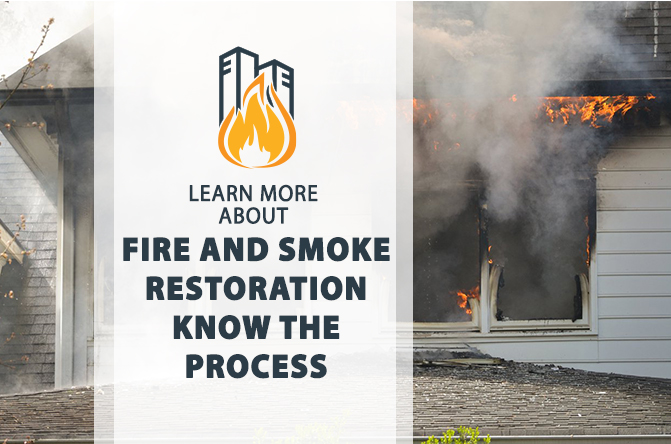Optimize Your Fire Restoration Process for Swift Recovery
Experiencing a fire in your home or business can be devastating, not only because of the immediate destruction but also due to the long recovery process. However, with the right approach, the fire restoration process can be managed efficiently to return your property to its pre-loss condition. In this guide, we will discuss how to optimize the restoration process for a swift and successful recovery.
Fire Restoration Process: Understanding the Fire Restoration Process
This process is a detailed series of steps that ensures your property is properly cleaned, repaired, and restored after a fire. It involves several phases, including assessment, cleanup, repair, and rebuilding. Each step is critical to ensuring that no damage is overlooked and that the home or business is safe for habitation. The goal is to address the damage from fire, smoke, and soot, as well as the water damage caused by firefighting efforts. Optimizing this process is key to minimizing disruption and restoring your property quickly.
Immediate Assessment of Damage
The fire restoration process begins with a thorough assessment of the damage. This step involves professionals evaluating the extent of the destruction, both from the fire itself and from smoke and soot residues. Additionally, they check for water damage caused by firefighting efforts. This assessment helps determine what can be salvaged and what needs to be replaced. It also identifies areas of the property that might pose safety hazards, such as structural weaknesses or electrical damage, that need immediate attention.
Securing and Protecting the Property
Once the damage has been assessed, securing the property is the next step in the fire restoration process. This includes boarding up windows, sealing off compromised doors, and installing temporary coverings to prevent further damage from the elements or vandalism. This initial protection also helps minimize exposure to additional water or environmental hazards while the restoration work begins.
Water Extraction and Drying
Water removal is one of the key components of the fire restoration process, as it helps mitigate additional damage caused by firefighting efforts. Standing water must be removed promptly, and industrial-grade dehumidifiers and air movers are used to dry out the affected areas. This step is critical to preventing mold growth, which can develop rapidly in damp environments. Drying the property properly ensures that the restoration process continues smoothly without the added complication of water damage.
Cleaning and Smoke Odor Removal
Cleaning smoke residue and removing odors is a central part of the fire restoration process. Smoke and soot can linger on walls, ceilings, furniture, and personal items. Specialized cleaning agents and equipment are used to scrub surfaces and eliminate stubborn soot. To remove lingering odors, deodorization techniques such as ozone treatment, thermal fogging, and air scrubbing are employed. These methods ensure that your home or business not only looks restored but also smells fresh and clean.
Restoration of Structural Damage
After cleaning and odor removal, the next step in the fire restoration process is the repair and rebuilding of structural damage. This can involve repairing or replacing damaged walls, ceilings, floors, and other structural components that were weakened by the fire or water. The extent of the damage will determine whether repairs are needed or if full reconstruction is required. The focus is on making sure that the property is structurally sound and safe to reoccupy.
Fire restoration process: Final Touches and Final Inspection
The final step in the fire restoration process involves adding the finishing touches to the property. This includes painting, flooring installation, and other cosmetic repairs that restore the home or business to its original condition. A thorough inspection is also conducted to ensure that all restoration work has been completed to a high standard and that the property is safe for habitation. This inspection also involves checking that all building codes and safety regulations are met before the property is returned to the owner.
Why Professional Help is Crucial in the Fire Restoration Process
Managing a fire restoration process can be overwhelming, but working with professionals ensures that the job is done right. Restoration experts bring specialized knowledge, experience, and equipment to handle every aspect of fire damage recovery. They can also assist with insurance claims, guiding you through the process to ensure you receive a fair settlement. With their expertise, they can optimize the restoration process, making the recovery swift and stress-free.
Conclusion
Optimizing the restoration process is crucial for a fast and effective recovery after a fire. By following the right steps—from assessing the damage to securing the property and handling cleanup—homeowners and business owners can ensure that their property is restored to its original state. Professional help is often necessary to manage the complexities of the restoration process, and their expertise can help minimize the stress and uncertainty involved. With proper planning and the right team, your property will be restored quickly, safely, and efficiently. Call 800.298.0900 for fast and expert help.




